One interloper in the penultimate round of the men’s singles event, in the women’s singles, China is totally dominant. Chen Meng meets Liu Shiwen, Ding Ning opposes Sun Yingsha.
Meanwhile at the same stage of the men’s doubles, Fan Zhendong and Xu Xin play Japan’s Maharu Yoshimura and Shunsuke Togami, Liang Jingkun and Lin Gaoyuan oppose Hong Kong’s Lam Siu Hang and Ng Pak Nam; for the women’s doubles, it is Chen Meng and Wang Manyu versus Japan’s Miu Hirano and Kasumi Ishikawa; Ding Ning and Zhu Yuling in opposition to Saki Shibata and Hitomi Sato, also from Japan.
Focused
Totally focused on the task ahead, Xu Xin, the top seed, accounted for Japan’s Maharu Yoshimura, the no.12 seed (7-11, 11-8, 11-2, 11-5), before ending the hopes of Korea Republic’s Lee Sangsu, the no.8 seed in clinical style (11-7, 11-6, 11-8).
Similarly, Fan Zhendong underlined the fact that he was in no mood to surrender the title won in 2017 in Wuxi; the no.2 seed, he overcame Chinese Taipei’s Liao Cheng-Ting, the no.35 seed (11-4, 11-5, 11-4) and then followed with success against colleague Wang Chuqin, the no.9 seed (11-8, 12-10, 11-6).
Comprehensive wins, Tomokazu Harimoto, the no.4 seed, was in the same vein; he recorded a straight games win against Chinese Taipei’s Chen Chien-An, the no.14 seed (11-5, 11-9, 12-10) and then dealt out the same medicine when facing Korea Republic’s Jeoung Youngsik, the no.10 seed (11-8, 11-7, 11-5), the somewhat surprise fourth round winner in opposition to China’s Liang Jingkun, the no.5 seed (11-8, 11-7, 11-5).
Impressive performances, Lin Gaoyuan, the no.3 seed, was in the same mode, after overcoming Korea Republic’s An Jaehyun, the no.16 seed (11-9, 11-8, 11-9), he ended the hopes of the crowd favourite, India’s Sathiyan Gnasakeran, the no.11 seed (11-7, 11-5, 8-11, 11-8).
No repeat
In the women’s singles there was to be no repeat of 2017 when Ding Ning had lost in the quarter-final round to Miu Hirano; the no.2 seed, after ousting India’s Ayhika Mukherjee, the no.30 seed (11-5, 11-13, 11-4, 11-9), Ding Ning prevailed against her teenage opponent, the no.7 seed in straight games (11-8, 13-11, 11-4).
Likewise, Chen Meng, the top seed, showed no charity. She recorded a straight games success against Japan’s Miyu Kato, the no.16 seed (11-8, 11-7, 11-8), before repeating the feat in opposition to Singapore’s Feng Tianwei, the no.10 seed (11-6, 11-7, 11-8).
Imposing performances; similarly, Liu Shiwen, the no.4 seed, accounted for DPR Korea’s Kim Song I, the no.12 seed (11-9, 11-13, 11-4, 11-7) and then followed with success in opposition to Japan’s Kasumi Ishikawa, the no.6 seed (11-7, 11-8, 11-8). Commanding efforts, Sun Yingsha, the no.5 seed, was not to be left out; she reserved her semi-final place courtesy of success against colleague Wang Manyu, the no.3 seed, having one round earlier beaten Japan’s Hitomi Sato, the no.13 seed (11-5, 11-5, 11-3).
Hitomi Sato and Saki Shibata upset seeding
Earlier in the day, at the quarter-final stage of the women’s doubles event it had been success for China and Japan, the pair to attract the attention being that of Hitomi Sato and Saki Shibata. They emerged the one partnership to upset the order of merit; the no.5 seeds, they accounted for Hong Kong’s Doo Hoi Kem and Lee Ho Ching, the no.4 seeds (11-8, 11-9, 6-11, 12-10).
Success for Japan against Hong Kong, it was the same in the opposite half of the draw, the only difference being that the outcome was as predicted. Miu Hirano and Kasumi Ishikawa, the no.3 seeds, accounted for Minnie Soo Wai Yam and Zhu Chengzhu, the no.9 seeds (11-2, 14-12, 13-11).
Semi-final places for Japan, the same for China; Chen Meng and Wang Manyu, the top seeds, beat Korea Republic’s Jeon Jihee and Yang Haeun, the no.7 seeds (11-3, 11-4, 11-9); Ding Ning and Zhu Yuling, the no.2 seeds, overcame Chinese Taipei’s Chen Szu-Yu and Cheng Hsien Tzu, the no.6 seeds (11-4, 11-8, 8-11, 11-7).
Lam Siu Hang and Ng Pak Nam respond
Disappointment for Hong Kong, at the same stage of the men’s doubles event there was success but arguably not as anticipated. Wong Chun Ting and Ho Kwan Kit, the no.4 seeds, lost to Maharu Yoshimura and Shunsuke Togami, the no.10 seeds (13-15, 11-9, 12-10, 11-7).
However, Lam Siu Hang and Ng Pak Nam responded. The no.12 seeds, they beat DPR Korea’s Ri Jong Sik and Ham Yu Song, the no.21 seeds (6-11, 11-6, 11-8, 11-5), very much a pair in form. In the opening round they had beaten Korea Republic’s Jeoung Youngsik and Lee Sangsu, the no.3 seeds (12-10, 10-12, 11-6, 11-9).
Mixed fortunes for Hong Kong, for China it was winning fortunes but not without some anxious moments. Fan Zhendong and Xu Xin, the top seeds, beat Korea Republic’s Jang Woojin and Cho Daeseong, the no.5 seeds in style (11-4, 11-7, 11-8); somewhat differently, Liang Jingkun and Lin Gaoyuan needed the full five games to end the hopes of India’s Sharath Kamal Achanta and Sathiyan Gnanasekaran, the no.6 seeds (11-6, 10-12, 11-7, 8-11, 11-9).
Schedule
The men’s doubles will be played to a conclusion on Saturday 21st September, as will the women’s singles and the mixed doubles; the women’s doubles semi-finals and final in addition to the men’s singles semi-finals and final will be held on Sunday 22nd September.
Please follow and like us:


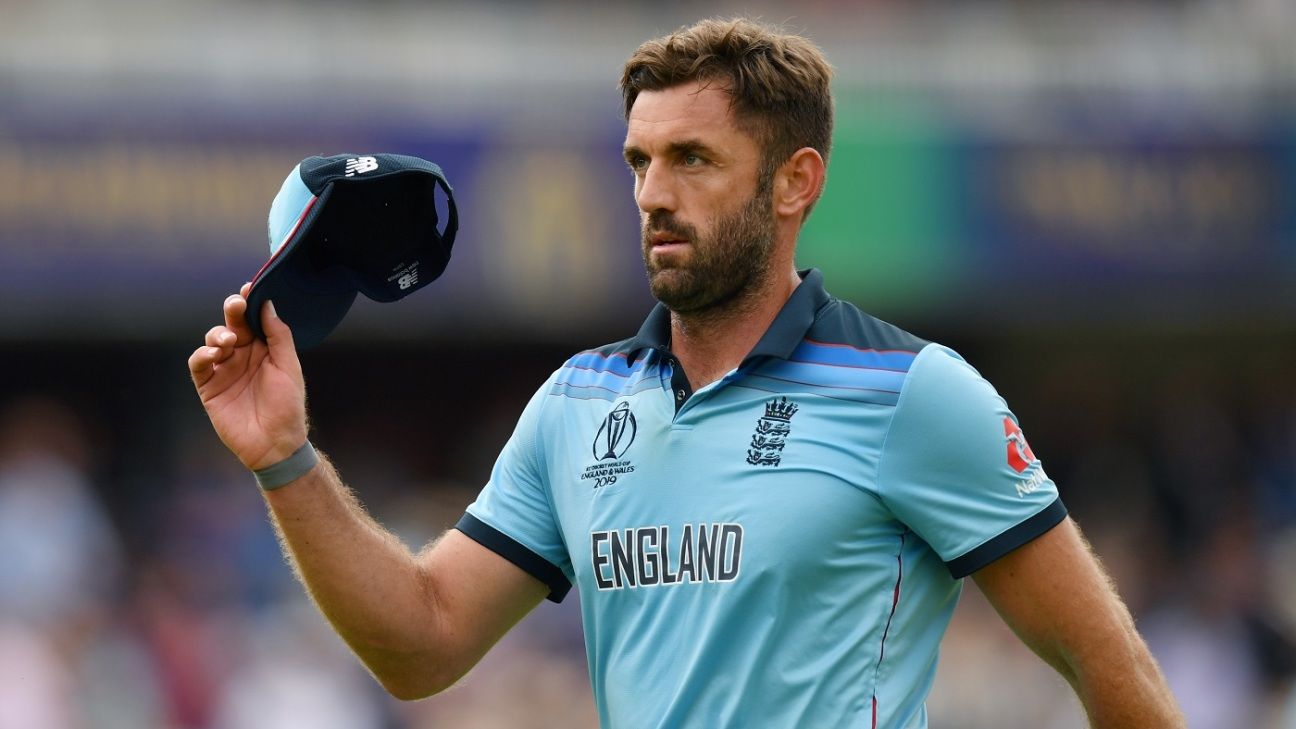
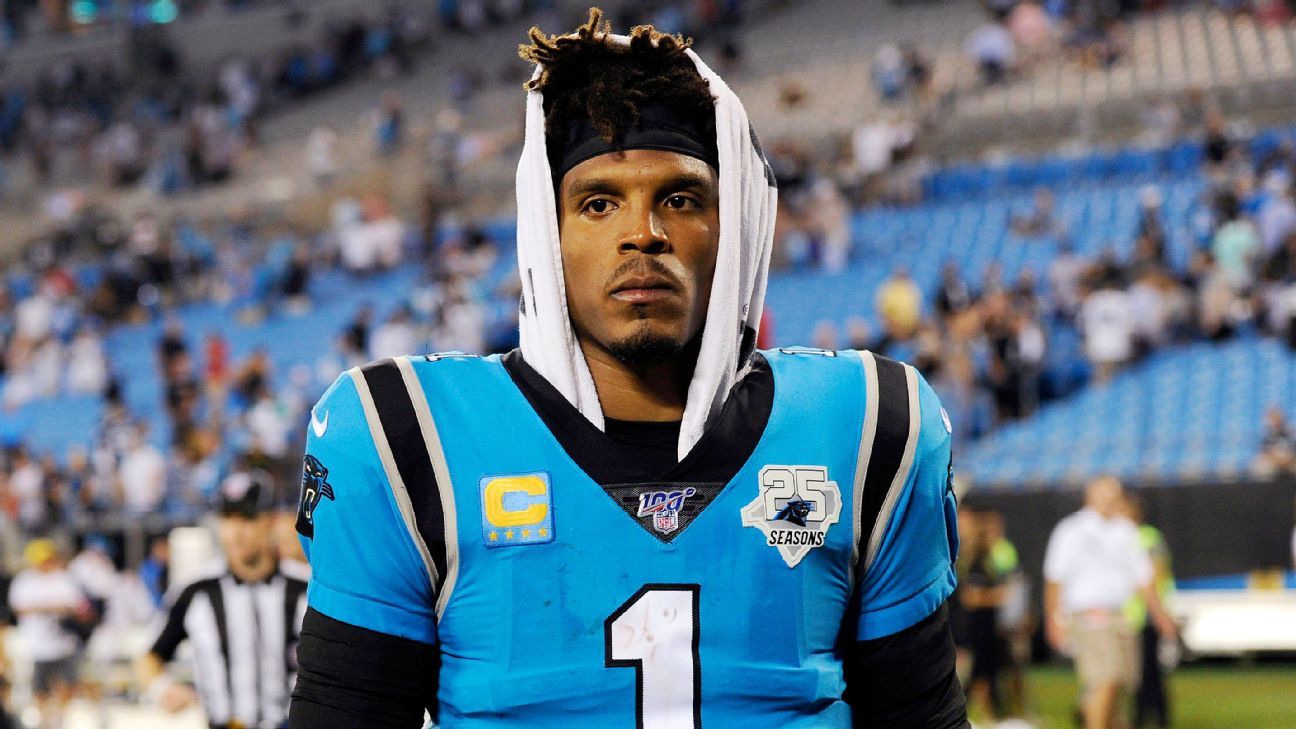
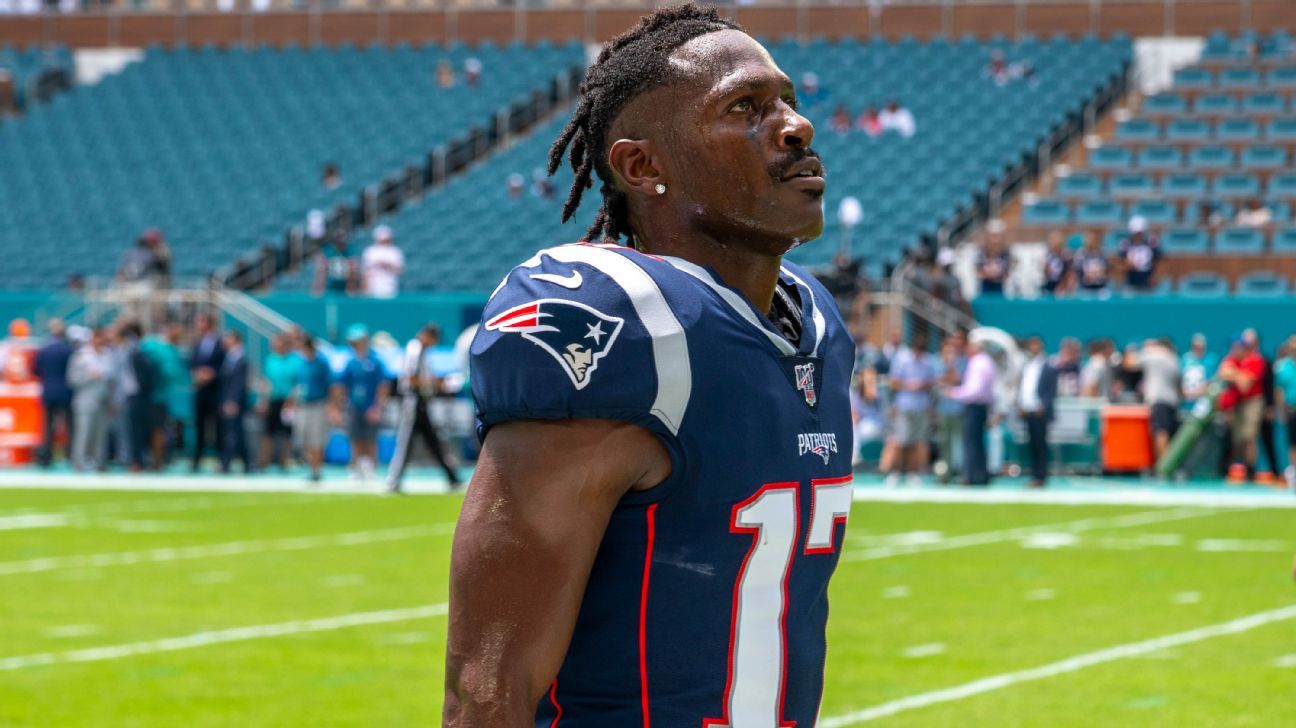



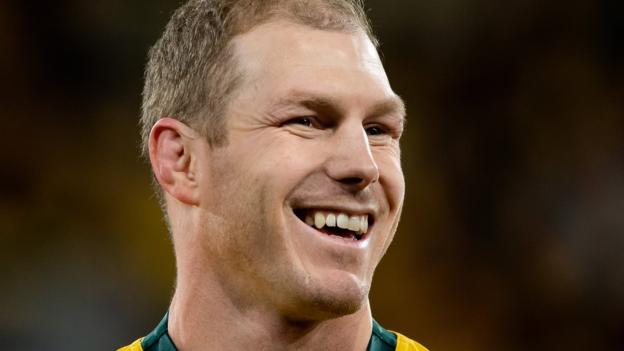
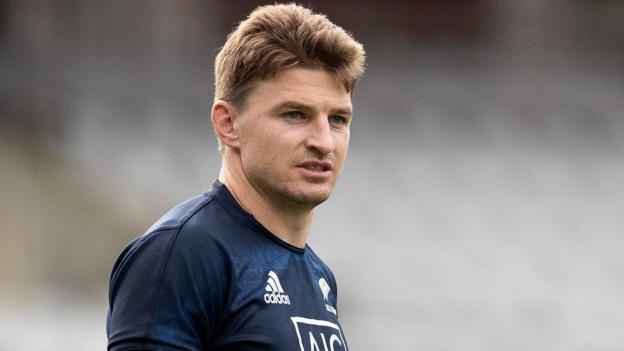
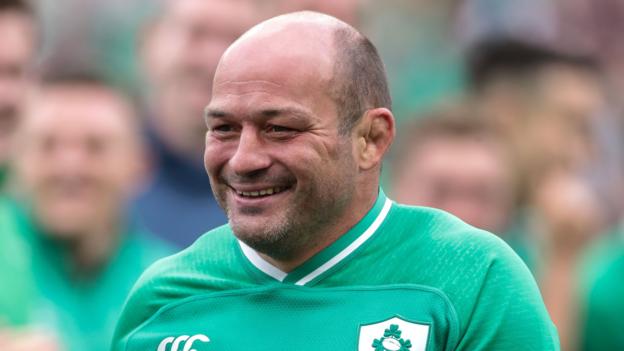










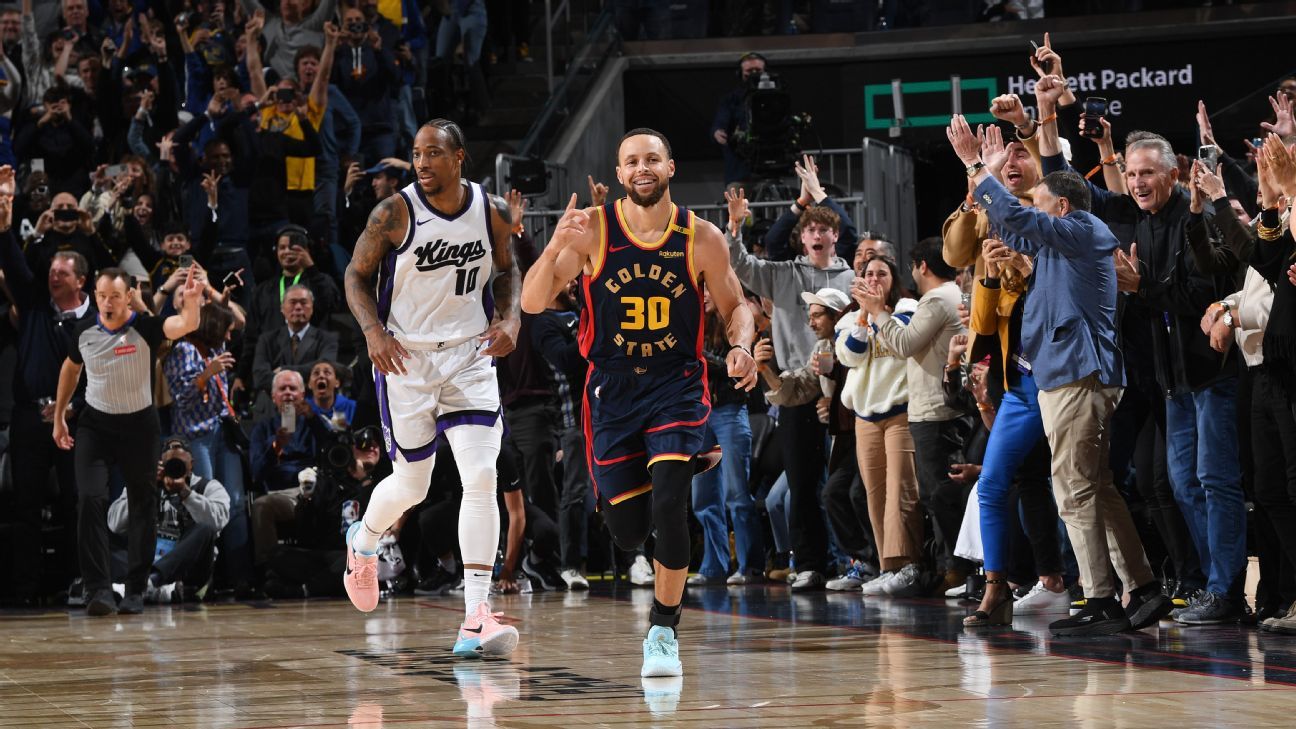
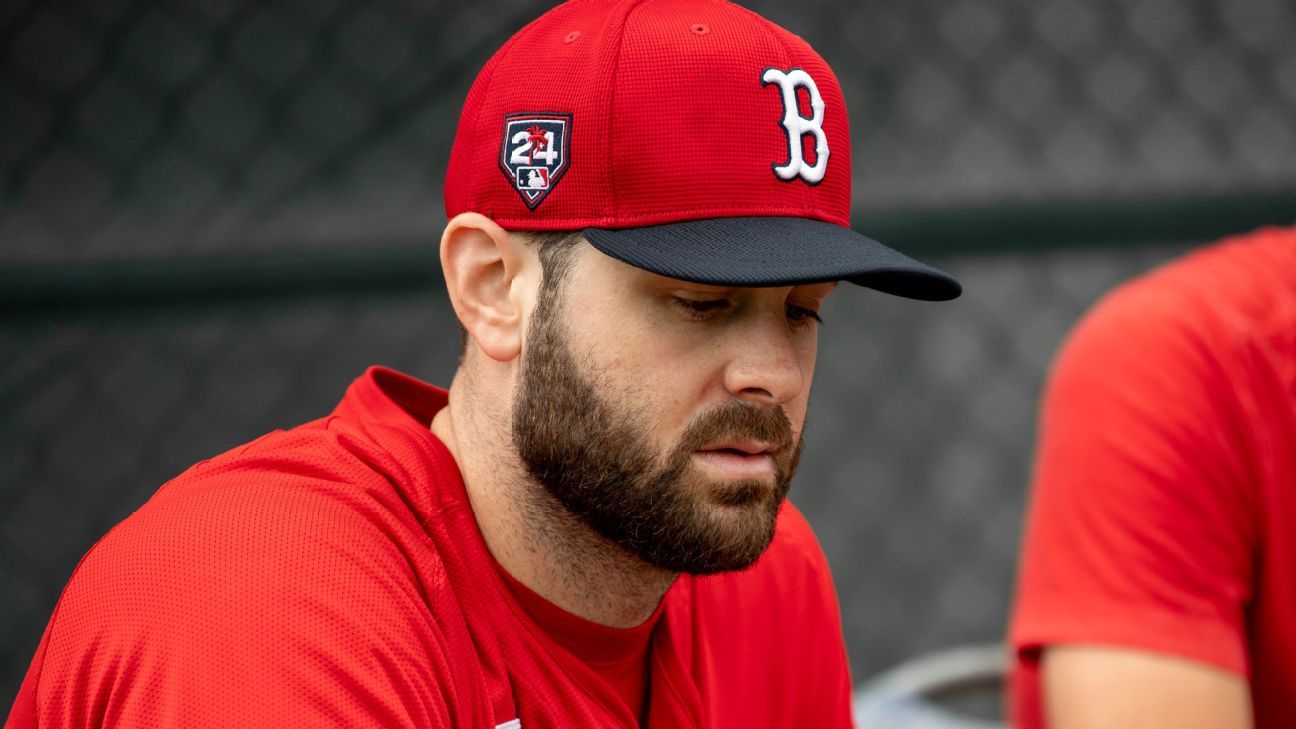


 Phone: (800) 737. 6040
Phone: (800) 737. 6040 Fax: (800) 825 5558
Fax: (800) 825 5558 Website:
Website:  Email:
Email: 






